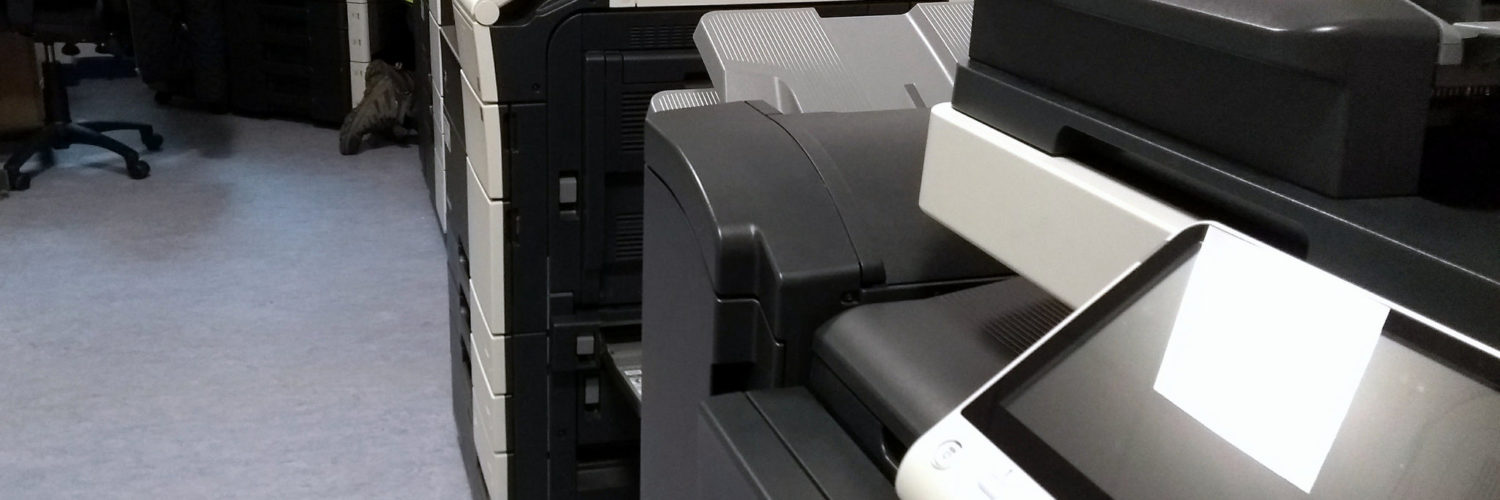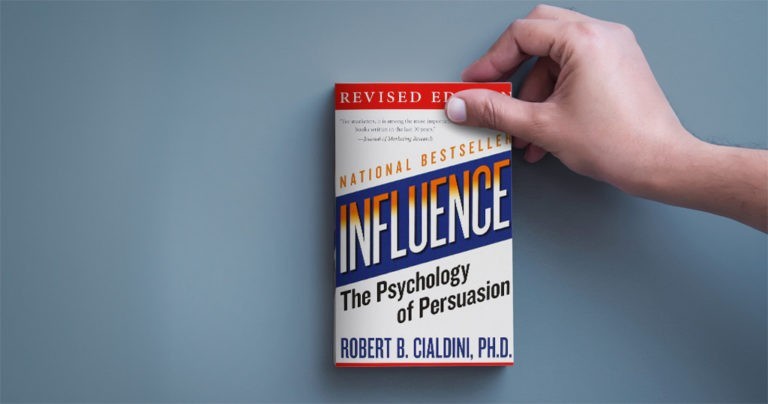How to use the magic word “because”

This is a great tactic from Robert Cialdini’s Influence book. Use it wisely in your sales.
There’s a line of students at the photocopier in the library. Another student tries to push in the queue to photocopy her notes, saying
“May I use the Xerox machine?”
The people already in the queue tell her
“No way, there’s a queue here, you have to wait”.
Then the experimenters get the queue jumper to say
“May I use the Xerox machine because I’m in a rush”.
When she says “because…” everyone else lets her go first.
Even when she used the rubbish reason
“May I use the Xerox machine because I need to make copies.”
The rest of the people in the queue still stood aside and let her go first. Presumably, they all needed to make copies too, so she did not have a valid reason to go ahead of everyone else.
You don’t believe me, do you?
This isn’t me in my university days. This scenario is a real study by Ellen Langer in 1977, who tested it over and over and got the same results.
Robert Cialdini talks about this in his excellent book Influence, and you can read the full details here.

Using the word “because” can help you to influence other people, not just to jump the queue by giving a reason.
I wonder if the people behind the L’Oreal ad campaign had read Robert Cialdini’s Influence book when they came up with their “because you’re worth it” campaign to get us to buy their products?
How many other ways can you use this
Here are some ideas to (ethically) use in your marketing. Maybe you could:
- Include the word “because” in your call to action copy on your website – “take part in my Make Your Business Remarkable programme, because you need support to get your business to the next stage.”
- Use “because” in your next sales meeting – “I think you would benefit from some business coaching because I can see how much potential there is to build up momentum in your business” or, “I think you would benefit from some business coaching because I can help you to build this business.”
- Educate your potential customers before they buy, to make sure that they are keen to buy from you, rather than one of your competitors by using phrases such as “Other people love my email tips and stories because they are so different to the usual way people talk about business.
These are all about my products and services because I want to encourage you to buy something or to get some business advice from me (see what I did there?)
Here are some non-Joy of Business ones:
- Instead of “shall we meet for a coffee to talk about how I can help you”, substitute “shall we meet up because we can have a good chat about how I can help”
- People love XXXX software because it’s much faster than anything they’ve seen before
- We are the best YYYY company in the world because we’ve gone further than anyone else in creating a learning culture for our staff
- Vote for me because I’m the only one you can trust
- Vote for me because you know I care about our local area
What else can you come up with?
Your challenge for this week – how many instances of “because” can you weave into your conversation? Try using it with your friends, your partner, your children and see if you can notice a difference in how they respond.
Let me know how you get on, and what your best “because” was…
And read Cialdini’s Influence
And do get yourself a copy of Cialdini’s Influence book – because it’s one of the best business/sales books out there.
Do you want more ideas for building a successful company?
I’ve written dozens of ideas and how to guides here at the Joy of Business to help you to build your business.
Some of them are in my Secrets of Business Success downloadable guide – see the bottom of this page for how to get your hands on this.
And here are some more articles you’ll find invaluable for creating the kind of business you want to be known for:
Another gem from Robert’s Cialdini’s Influence book – this time, the importance of the reciprocity principle
Photo Credits to Alan O’Rourke and Pete from Flickr on a Creative Commons license


